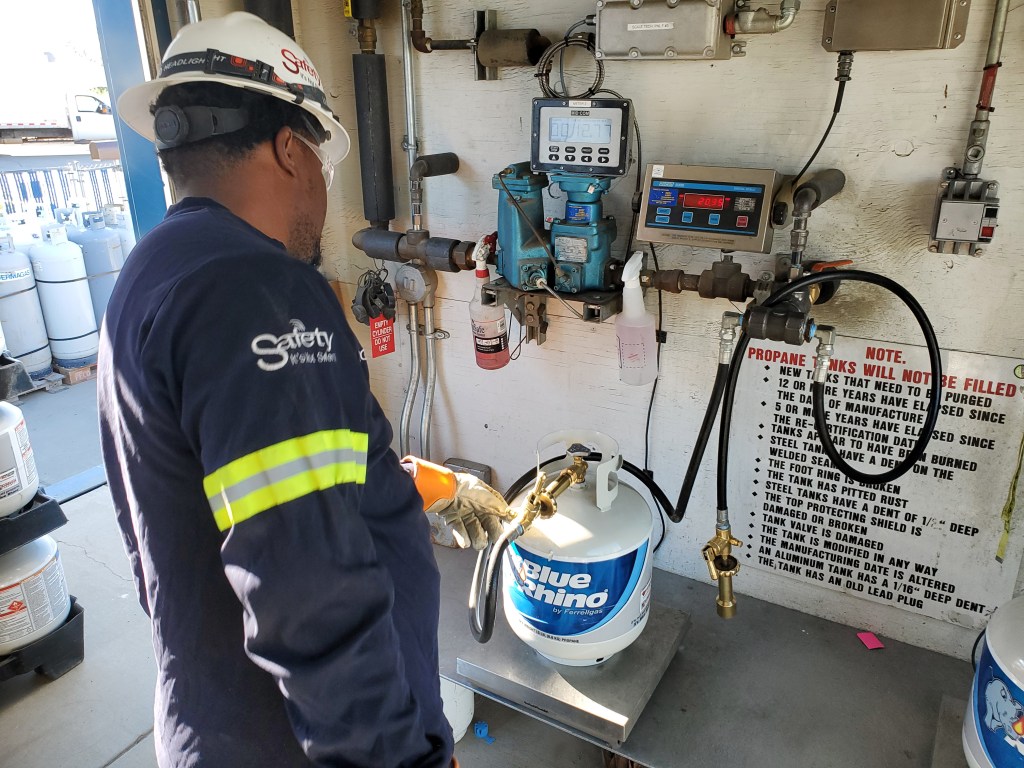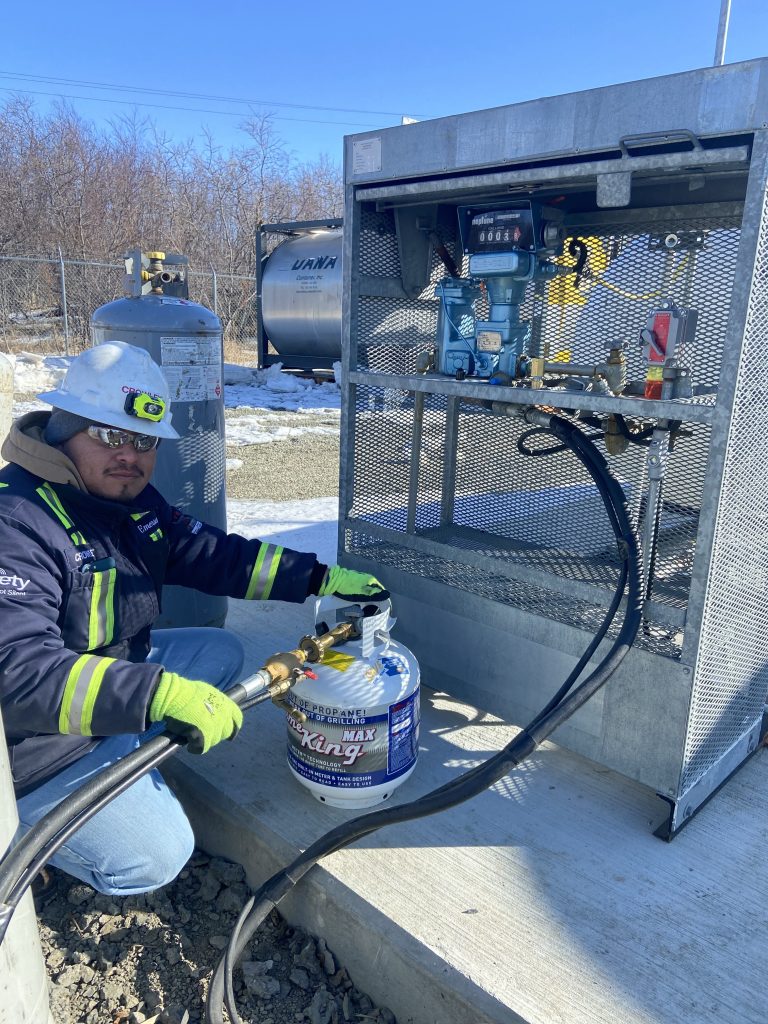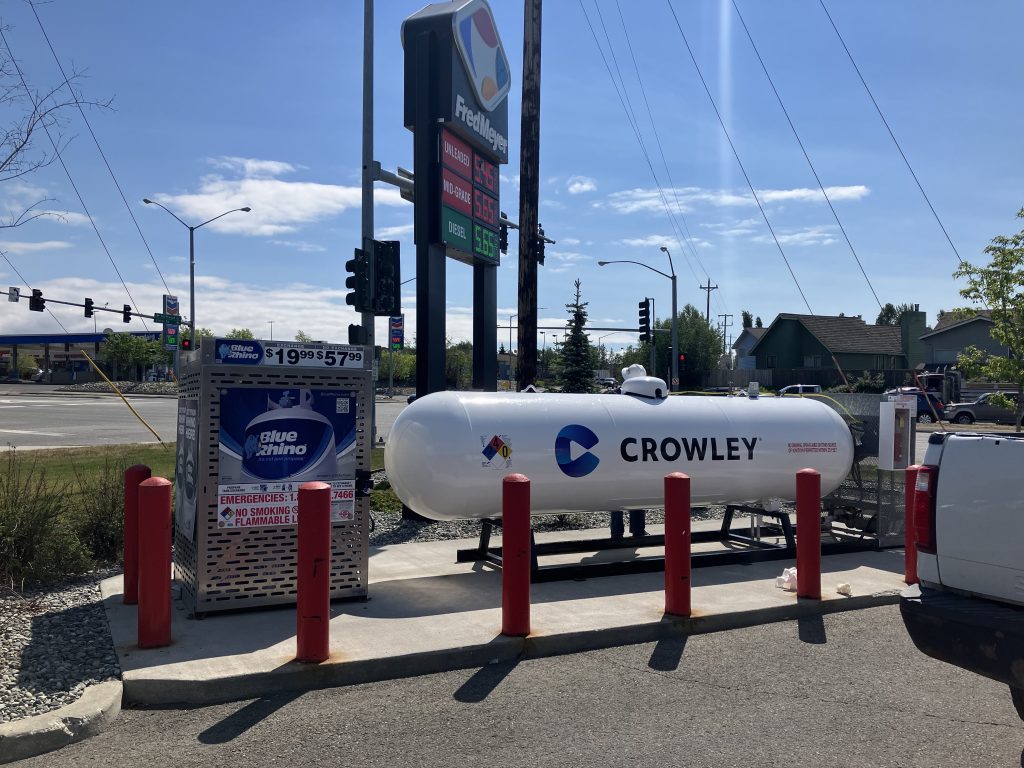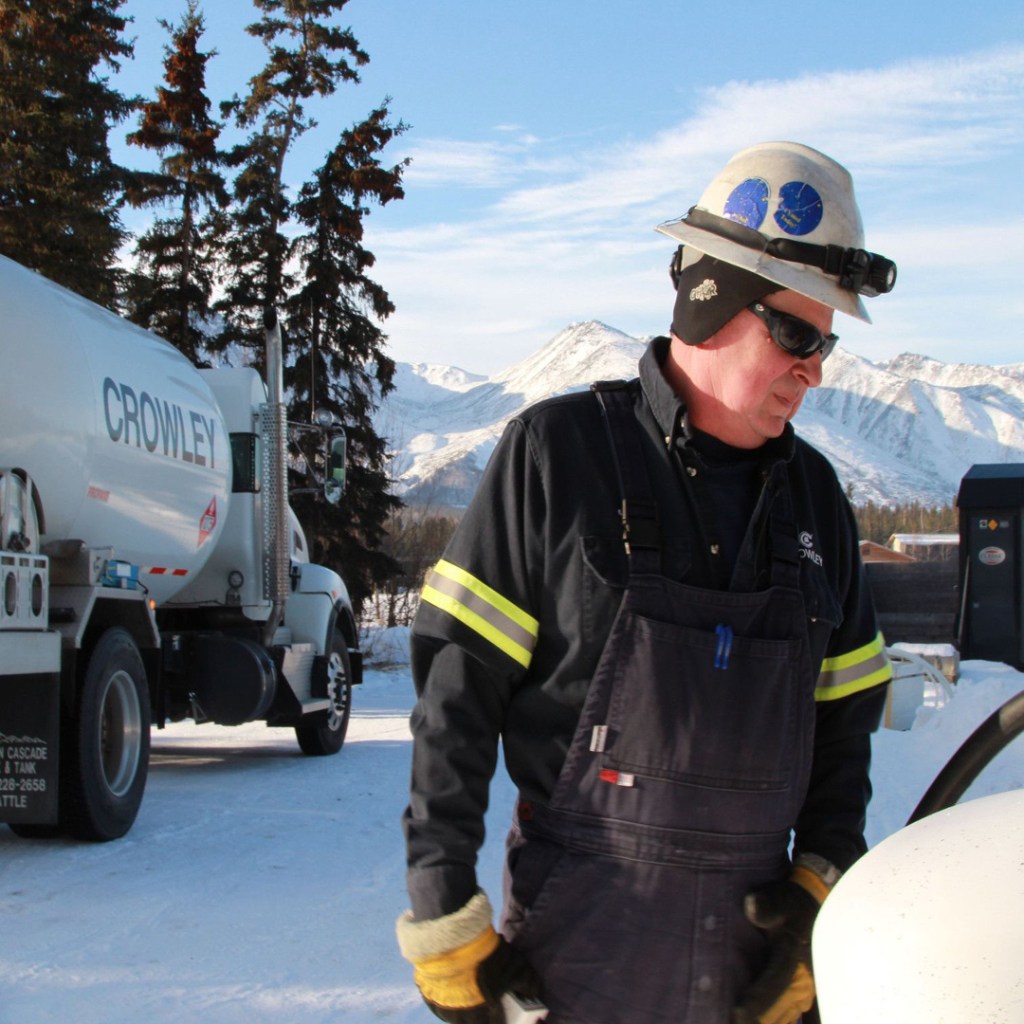Guide to Installing Home Heating Oil Tanks in Alaska
What EVERY Alaskan Homeowner and Contractor Should Know
Alaska’s brutal winters demand serious preparation, especially when it comes to home heating. For residents of rural and remote communities, a reliable home heating oil tank isn’t just a convenience, it’s a lifeline. Whether you’re a homeowner, property manager, contractor, or DIY enthusiast, proper installation is critical for safety, compliance, and long-term performance.
In this article, you’ll learn everything you need to know about home heating oil tank installation in Alaska, from site prep and regulations to hardware selection and environmental protection.

Why Proper Installation Matters
With temperatures in Interior Alaska plunging to -80°F, heating systems must operate flawlessly. Improper installation can lead to frozen lines, environmental contamination, or even fire hazards. Following best practices and Alaska-specific regulations helps ensure:
- Safe and efficient fuel delivery
- Environmental protection from leaks or spills
- Long-term durability in extreme conditions
- Compliance with local, state, and federal codes
Most frequently asked questions about Alaska heating oil products and services.

STEP 1: Check Local Regulations First
Before making any purchases or digging a foundation, contact your local building authority and fire department. Alaska municipalities may enforce stricter rules than federal or state codes.
Confirm these key requirements:
- Tank size limits
- Minimum distances from buildings, doors, and windows
- Zoning restrictions
- Permits required for installation
STEP 2: Choose the Right Tank Location
Your home heating tank’s location directly impacts safety, accessibility, and longevity.
Best Practices for Placement
- Avoid high-traffic and snow storage areas
- Install on the gable side of the home or at least 18 inches from the roof’s drip line to prevent damage from falling ice/snow
- Keep it accessible for delivery drivers—clear of fences, pets, or obstructions
- If the overhang fully protects the tank, it can be installed underneath, assuming code compliance

The above ground tank should be accessible for the fuel delivery provider. The Alaska Department of Environmental Conservation recommends locating the tank and its piping away from areas with high foot traffic and plowed snow storage areas. They also recommended to install the tank on the gable side of the house or at least 18 inches from the drip line off the eve. This is to avoid damage to the tank from ice and snow falling off the roof. If your eve or overhang is long enough to completely cover the tank, it’s fine to put the tank underneath that eve, but always taking into consideration the local codes and requirements.
STEP 3: Build a Strong Foundation
A stable base prevents shifting or tipping caused by freeze-thaw cycles.
Foundation Requirements:
- Pad material: Cement or pressure-treated wood
- Minimum thickness: 3 inches
- Tank leg height: 12-inch steel legs, threaded into flanges
- Clearance: 6 inches between tank bottom and pad
- Secure the tank: Use threaded floor flanges and lag bolts to anchor
Foundation Quick Reference:
- 3 inches: Pad/platform thickness
- 6 inches: Clearance under tank
- 12 inches: Leg height
- 18 inches: Distance from eaves
View all the locations we serve.
STEP 4: Use the Right Hardware
Shut-Off or Ball Valve
Install a shut-off valve at the tank outlet to quickly stop fuel flow in an emergency or for maintenance.
Water-Block Filter
This essential filter prevents water and debris from entering your home heating system. It contains polymers that swell to trap contaminants, protecting your home appliance.

STEP 5: Ensure Proper Fill Access and Venting
Every heating oil tank must include:
- Fill pipe with locking cap: Prevents snow, water, and debris intrusion
- Vent pipe: Allows air displacement during filling
Venting Rules from the Alaska Department of Environmental Conservation:
- Tanks 660 gallons or larger: Require a 2-inch vent with weatherproof cap or gooseneck
- Minimum distance: 2 feet from any window, door, or opening
STEP 6: Install Safe Piping Systems
Underground or Encased Fuel Lines Must Be:
- Continuous (no joints or fittings)
- Enclosed in non-metallic, liquid-tight conduit

Above-Ground Piping Tips:
- Avoid vulnerable areas (e.g., plow zones)
- Check for corrosion annually
- Use proper insulation to avoid freezing
STEP 7: Add Helpful Accessories
Optional but Recommended:
- Step ladder secured nearby for safe fill access
- Whistle alarm or fuel level gauge to prevent overfills
- Weatherproof signage or indicators for emergency responders
Maintenance Tips for Cold-Weather Reliability
- Inspect regularly for cracks, rust, or shifting
- Test shut-off valve functionality quarterly
- Replace filters annually or per manufacturer specs
- Keep tank area clear of snow and debris

Don’t Cut Corners—Your Safety Depends on It
Installing a home heating oil tank in Alaska requires more than just placing it in your yard and calling it a day. It’s about ensuring long-term safety, compliance, and reliability—especially in extreme weather. Always follow local codes, and when in doubt, consult with professionals.
Questions? We’re Here to Help.
Crowley Fuels has served 280+ Alaskan communities since 1953. Our fuel tank experts can help you choose the right setup for your home.
📞 Call us at 866-770-5587 or visit us here.